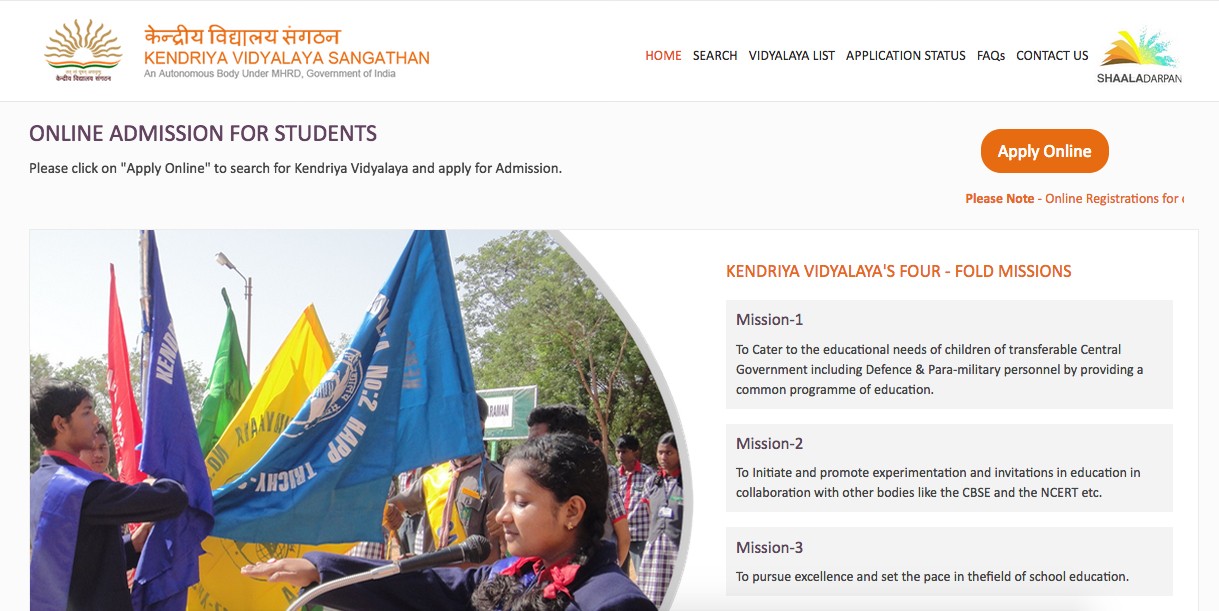The path to becoming a front-end developer is full of opportunities to shape the way users interact with the web. This 8-month roadmap will guide you step-by-step through the essential skills, programming languages, tools, and frameworks needed for a successful career as a front-end developer. From HTML to modern JavaScript frameworks, you'll find everything you need here, along with recommended resources and project ideas.
Month 1: Web Development Basics - HTML & CSS
Language to Start With: HTML and CSS
Begin by mastering the building blocks of web development—HTML for content structure and CSS for styling. During this month, focus on:
- HTML5: Learn to create semantic web pages.
- CSS3: Understand styling techniques, including Flexbox and Grid for layout design.
Resources:
- YouTube Channels: Traversy Media, Kevin Powell
Project Suggestion: Create a personal portfolio webpage that showcases your biography, skills, and contact information.
Month 2: Responsive Design & CSS Frameworks
Focus: Learn how to make your website responsive across different devices and explore popular CSS frameworks.
Topics to Cover:
- Media Queries: Make your designs responsive.
- Bootstrap/Tailwind CSS: Use these frameworks to simplify your styling and create responsive layouts.
Resources:
- YouTube Channels: DesignCourse, The Net Ninja
Project Suggestion: Recreate your portfolio using Bootstrap or Tailwind CSS to make it responsive.
Month 3: JavaScript Fundamentals
Language to Start With: JavaScript
Learn JavaScript, the programming language of the web, to make your websites interactive.
- Variables and Data Types
- Functions and Control Flow (if-else, loops)
- DOM Manipulation: Learn how to interact with HTML elements dynamically.
Resources:
- YouTube Channels: Programming with Mosh, The Net Ninja
Project Suggestion: Create a “To-Do List” application to practice JavaScript concepts and DOM manipulation.
Month 4: Advanced JavaScript & ES6+ Features
JavaScript Focus: Deepen your knowledge of JavaScript by learning modern features and concepts.
- ES6+ Features: Arrow functions, Destructuring, Classes
- Asynchronous JavaScript: Promises, async/await
Resources:
- YouTube Channels: Web Dev Simplified, Codevolution
Project Suggestion: Extend your “To-Do List” app to save tasks in local storage.
Month 5: Version Control with Git & Working with APIs
Focus: Learn the fundamentals of version control with Git and interact with external APIs to integrate real data into your applications.
- Git and GitHub: Version control basics, branching, and collaborating on code.
- APIs: Learn to fetch data using REST APIs.
Resources:
- YouTube Channels: Academind, GitHub Training & Guides
Project Suggestion: Create a simple weather app that fetches weather data from an external API.
Month 6: JavaScript Frameworks - React
Frontend Framework: React
React is a powerful JavaScript library used to build interactive UIs.
- React Basics: Components, Props, State
- React Hooks: Use hooks like useState and useEffect to manage component state and lifecycle.
Resources:
- YouTube Channels: Codevolution, The Net Ninja
Project Suggestion: Build a movie search app using React that fetches data from an external API.
Month 7: State Management & Advanced React
Focus: Learn about more advanced concepts of React, including state management.
- React Router: For routing between different pages in your app.
- State Management: Using Context API or Redux to manage complex state.
Resources:
- YouTube Channels: Academind, Dev Ed
Project Suggestion: Create an e-commerce product page with multiple routes and use Redux for managing the cart state.
Month 8: Deployment, Optimization, and Portfolio Building
Focus: Finalize your projects and learn how to deploy them online.
- Deployment: Use platforms like Netlify or Vercel to deploy your web applications.
- Web Performance: Learn how to optimize your website for speed (lazy loading, code splitting).
Resources:
- YouTube Channels: Traversy Media, Fireship
Project Suggestion: Finalize your portfolio with all the projects you’ve built so far and deploy it online.
Additional Tips for Success
- Practice, Practice, Practice: Consistency is crucial. Dedicate at least an hour every day to coding.
- Join Communities: Participate in communities like Dev.to, Reddit, and Stack Overflow to learn and grow.
- Pair Programming: Practice coding with peers or engage in pair programming to solve problems together.
- Code Reviews: Seek feedback on your code from experienced developers.
Free Comprehensive Learning Resources
- FreeCodeCamp
- The Odin Project
- Scrimba
Final Thoughts
Becoming a front-end developer is a journey that requires patience, practice, and passion. This 8-month roadmap provides the necessary guidance to kickstart your career. Stay curious, build projects, and don’t hesitate to explore new tools and libraries. Remember, the field of front-end development is ever-evolving, and keeping up-to-date is essential. Best of luck, and enjoy the creative process of coding!







